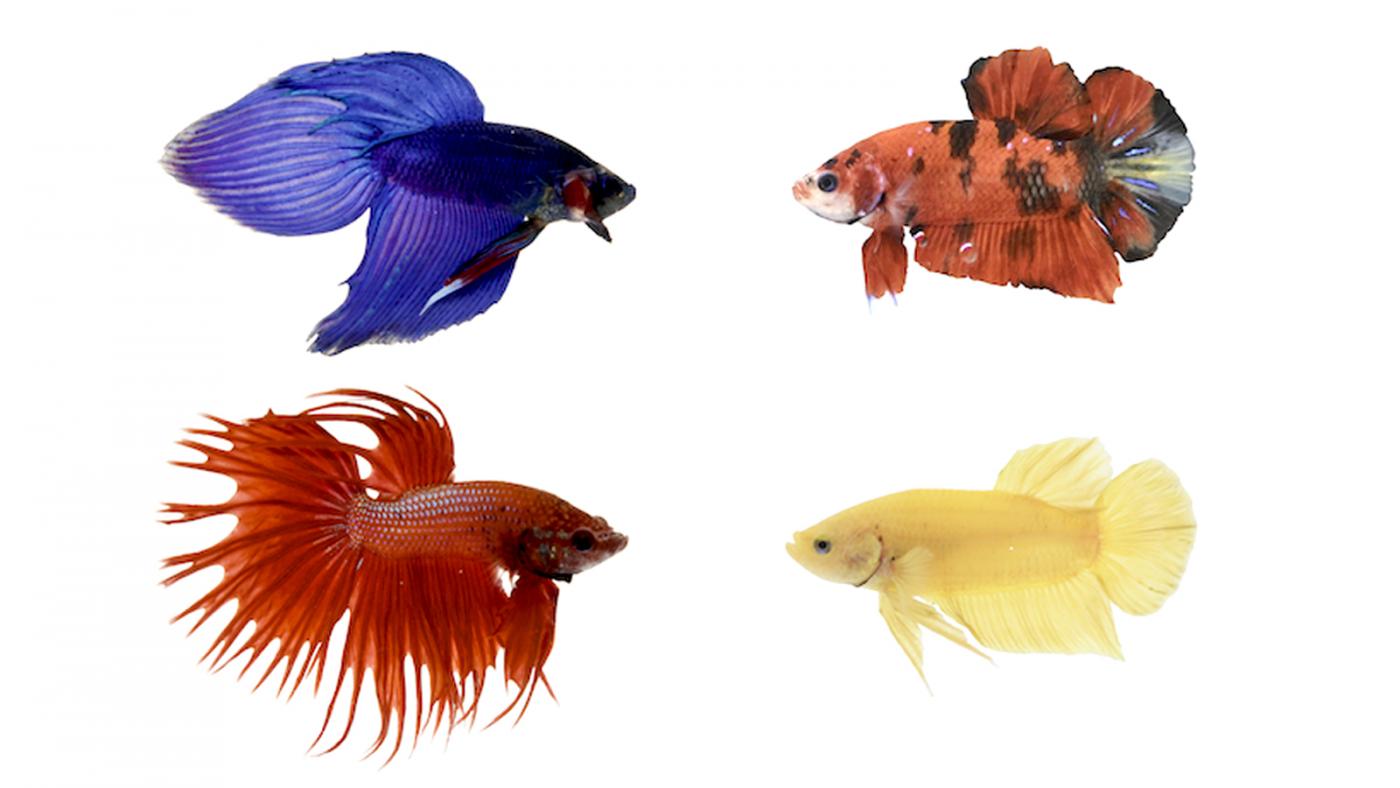Exactly how to Pick the Right Betta Fish for Your Aquarium
Exactly how to Pick the Right Betta Fish for Your Aquarium
Blog Article
Just How to Breed Betta Fish Successfully: Specialist Methods and Insights for Hobbyists Looking to Increase Their Betta Collection
Reproducing Betta fish needs a nuanced understanding of genes and ecological problems, making it crucial for hobbyists to approach the process with both persistance and treatment. Developing an optimum reproduction setting, choosing the right pairs, and observing the complexities of their courtship actions are fundamental steps that can significantly affect the outcome.
Comprehending Betta Fish Genes
Comprehending the genes of Betta fish is vital for effective reproduction, as it influences qualities such as shade, fin shape, and actions. Betta fish exhibit a varied variety of shades and patterns, largely figured out by their hereditary make-up.
Along with pigmentation, fin morphology is another significant facet of Betta genes (betta fish). The sizes and shape of fins are influenced by different genetics, consisting of those that figure out whether the fins are short, long, or veil-shaped. Comprehending these genetic variations helps breeders anticipate the phenotypic end results of their spawn
Furthermore, behavior qualities such as aggressiveness and territoriality can also be affected by genes. These behaviors play an important role in the breeding process, as they can influence generating success and the overall personality of the resulting fry. By comprehensively understanding these hereditary principles, dog breeders can make informed decisions, ultimately enhancing their reproduction programs and accomplishing preferable results.
Preparing the Reproduction Setting
Producing an optimum breeding environment is vital for the successful reproduction of Betta fish. The initial step in preparing this setting is to select an ideal breeding storage tank, preferably ranging from 5 to 10 gallons. This dimension enables adequate swimming area and the facility of areas. The storage tank ought to be furnished with a heating unit to keep a stable temperature level between 78 ° F and 80 ° F, which is essential for urging spawning behavior.
Next, take into consideration the use of a sponge filter or an air stone to provide gentle water circulation without producing solid currents that can worry the fish. It is necessary to mount plants or breeding cones to provide concealing places and promote convenience for the woman during the spawning process. Drifting plants, such as Java moss or water sprite, can additionally produce an extra natural surroundings while assisting in bubble nest structure by the man.
Prior to presenting the breeding sets, make certain the water is conditioned and devoid of harmful chemicals, such as chlorine or heavy steels. betta fish. Routine water modifications need to be conducted to keep optimal water top quality, boosting the opportunities of effective reproduction. With these preparations in location, the breeding environment will sustain the wellness and wellness of both Betta fish
Choosing Reproduction Pairs
Selecting the right reproduction sets is essential for attaining effective Betta fish recreation. When selecting your breeding pairs, take into consideration several vital elements including wellness, temperament, and genes. Healthy Betta fish display dynamic shades, clear eyes, and active actions. Picking fish that are without condition ensures a much better chance of creating practical children.
Personality is one more important consideration, as Betta fish are recognized for their hostile nature. It is recommended to pick a man and female that show suitable characters to reduce stress and anxiety during the breeding process. A tranquil man can encourage a smoother courtship, while a woman that is as well aggressive may interfere with the procedure.
Genetic history also plays a considerable duty in the top quality of the spawn. Breeding fish that are genetically varied can decrease the danger of genetic health concerns and improve the overall vitality of the fry. It is valuable to look into the lineage of both the male and female, concentrating on desirable traits such as fin type, color scheme, and size.
The Reproduction Refine
The reproduction procedure of Betta fish requires cautious preparation and interest to detail to guarantee a successful end result. At first, it is vital to prepare a suitable breeding container, preferably a 5-10 gallon fish tank with a temperature maintained at 78-80 ° F. The tank should be outfitted with a heating unit, filter (ideally sponge type to prevent strong currents), and a lot of marine plants for the lady to hide.
When the setting is established, introduce the selected breeding set to the storage tank, enabling them to adjust. site web Observe their behavior; the male will present fancy courtship rituals, consisting of flaring his fins and building a bubble nest. If the female shows passion, she will show vertical stripes showing readiness for spawning.
When the female is responsive, both will participate in a mating embrace, during which the male fertilizes the eggs. It is crucial to check their communications very closely, as the male may end up being hostile. After spawning, remove the lady to stop prospective injury. The male will certainly tend to the eggs, which normally hatch within 24-36 hours. Keeping ideal water problems throughout this duration is crucial for the development of healthy Betta fry.
Caring for Betta Fry

Feeding Betta fry is vital, as they need a diet high in protein. They can be fed infusoria or liquid fry food, transitioning to carefully smashed top notch pellets as they grow. Feed small portions several times a day to motivate healthy development without straining the storage tank with leftover food.

As they grow, monitor their growth very closely and separate any aggressive people to protect against damage. By supplying a nurturing setting and appropriate nourishment, enthusiasts can successfully elevate Betta fry into vibrant, healthy and balanced fish, inevitably improving their reproduction undertakings.
Conclusion
Successful Betta fish breeding calls for precise attention to genetic selection, environmental conditions, and care for the fry. By understanding the genes of Betta fish official source and preparing a suitable reproduction atmosphere, hobbyists can enhance the opportunities of generating dynamic, healthy and balanced offspring.
Report this page